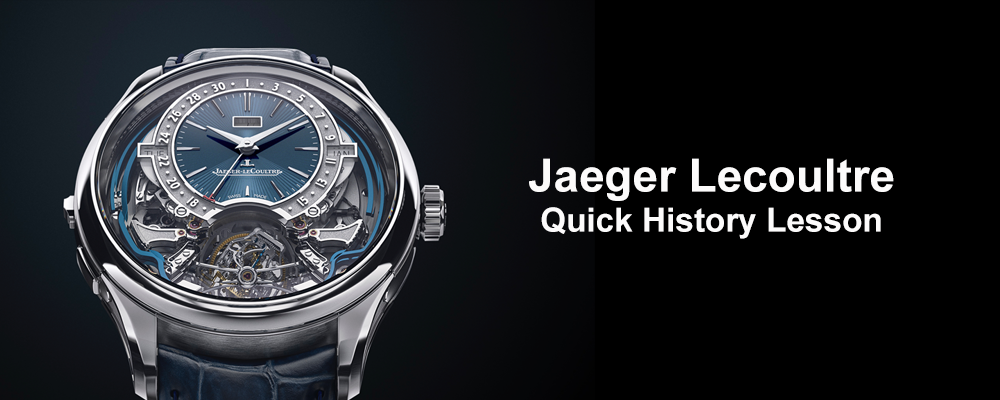The history of man and time has been very ancient. Us humans have been trying to figure out the time for centuries, because time is the most valuable currency we have. In this article, we will look into the history that our ancestors had with timekeeping.
Researchers found man made timekeeping devices dated to the 3500 BC – tall obelisks near the temples of ancient Egyptians. They worked thanks to the sun shadow that casts on a decorated spiral, which were known as sundials.
The name is self-explanatory, its basically a dial put on the ground, and the hour hands are replaced by the shadow of the sun. Egyptians separated daytime into 10 equal parts, along with 4 additional parts for twilight hours in dawn and sunset. Markers were put on the ground to make tracking time an easier task, it also helped them be able to tell what season of the year it is. However, these sundials were completely ineffective in the nighttime or in cloudy weather. The largest sundial ever built in ancient times was by Emperor Augustus in 10 BC. It was a red granite obelisk, and stood up to 30 meters high.
While sundials were fun and all, the ancient Greeks and Romans focused on water clocks. The water clocks weren’t the most accurate, but they improved drastically compared to their earlier stages. The flow of water in clepsydrae (water clocks) devices moved the hour hand. Despite it achieving more accuracy, the sundials were still more popular. The Chinese along with the Indians also deserve credits for developing the water clock, but the evidence is less certain.
Then, people started using candle clocks, simple gear clocks and astronomical clocks. These were the most used techniques of timekeeping until in 1510, locksmith Peter Henlein made the first spring-driven pocket watch. This was the first modern mechanical timepiece as we know it now. The first timepiece brand started in 1735, when Jehan-Jaques Blancpain opened the company’s workshop his house in Villeret, Switzerland. Swiss made watches back then were the Japanese of these days. They were the cheaper alternatives to their British counterparts.
Wristwatches were worn only by women before the 20th century as men only wore pocket watches back then. Hans Wilsdorf (creator of Rolex and Tudor) is credited for bringing wristwatches into men’s arsenals. The first wristwatch was made for Countess Koscowicz of Hungary by Patek Philippe in 1868, according to Guinness World Records.
References:
- http://blog.germanclocks.org/2010/09/timeline-for-horology.html
- https://physicsworld.com/a/a-brief-history-of-timekeeping/
- http://www.beaglesoft.com/maintimehistory.htm



